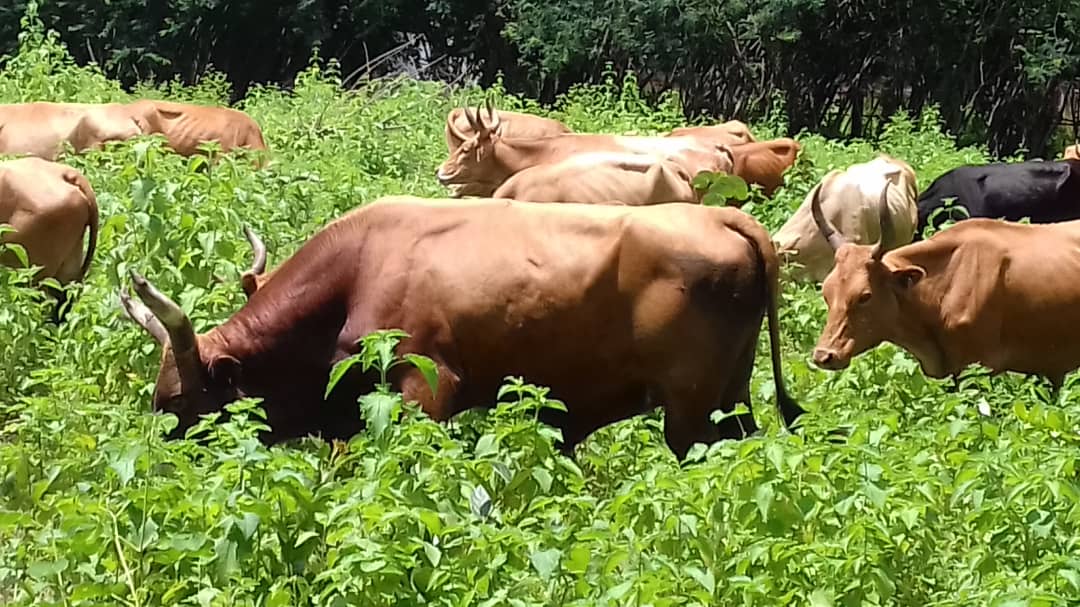Plant diversity in the rangelands of the breeding unit of Kolda Zootechnical Research Center in the Sudanian zone of Senegal
DOI:
https://doi.org/10.19182/remvt.31891Keywords
Ndama cattle, herbaceous plants, forage, botanical composition, flora, Sahel, SenegalAbstract
Located in the Sudanian area of Senegal, Kolda Zootechnical Research Center is subdivided into rangeland and annual crop areas. Because of its tolerance to trypanosomosis, the Ndama breed is the only cattle breed undergoing selection studies at the Center. In recent years, however, there has been high pressure on grazing areas because of the increase in herd size and areas allocated to annual crops. This situation risks to
reduce the diversity of forage species and thus to impact the genetic performance of the animals and compromise selection objectives. The objective of the study was to evaluate the combined effect of overgrazing and crop activities on the taxonomic structure of grassland vegetation in a semi-extensive
system. Vegetation surveys were carried out on 75 plots of 0.25-square meter in the diverse land-use units at the end of the rainy season. Thus, 69 species in 43 genera and 13 families were inventoried. The species richness was highest in the fallows, followed by the rangelands, with 36 and 26 species.m² respectively. Species diversity was low in leguminous and cotton fields. In rangelands, the dominating families were
Rubiaceae (Diodia sarmentosa, Spermacoce stachydea) and Lamiaceae (Mesosphaerum suaveolens), which have low palatability to livestock, as well as deep-rooted grasses (Andropogon gayanus, Schizachyrium sanguineum). The results revealed that the Center’s land-use system negatively affected the composition and diversity of grasses and promoted the proliferation low-palatability species to cattle.
Downloads

Downloads
-
Abstract1248
-
pdf (Français)520
Published
How to Cite
Issue
Section
Categories
License
© S.L.Kâ et al., hosted by CIRAD 2020

This work is licensed under a Creative Commons Attribution 4.0 International License.





